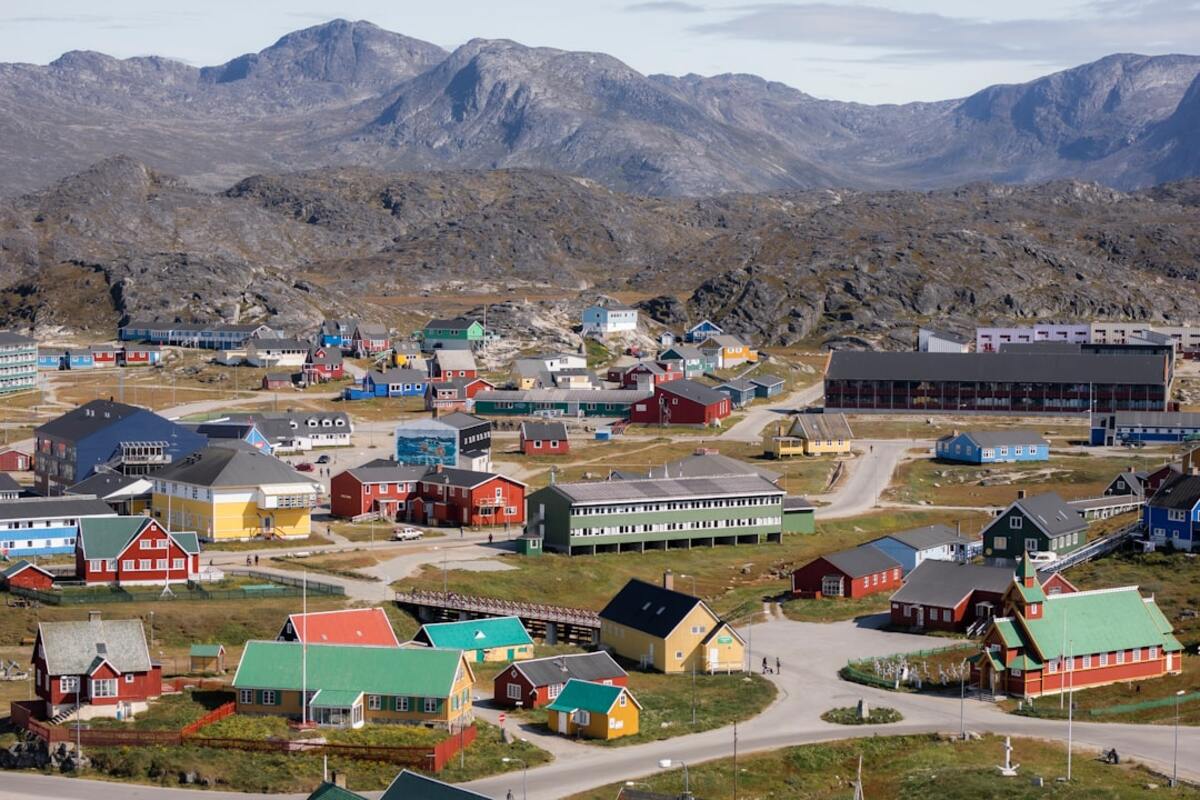The Odyssey of the Greenland Norse: A Forgotten Saga
Venture into the little-known world of the Greenland Norse, who braved harsh climates and isolation during their mysterious odyssey.

- The Greenland Norse established a unique society isolated from Europe.
- Their adaptability and resilience are key aspects of their survival.
- The mystery of their disappearance remains unsolved to this day.
The Rise of the Greenland Norse
In the late 10th century, a group of Norse explorers, led by Erik the Red, set sail from Iceland in search of new horizons. Their journey resulted in the founding of two main settlements in Greenland: the Eastern and Western Settlements. This odyssey was marked by their adaptability and resilience in the face of harsh climates, isolation from the European mainland, and the need to forge a new life in an unforgiving environment. Archeological findings reveal a society that thrived through farming, hunting, and trade. They raised livestock and cultivated crops in a landscape that was marginally suitable for such activities. The Greenland Norse also maintained connections with Europe, trading walrus ivory, furs, and even falcons in exchange for iron and other goods.
The Challenges and Adaptations
The Greenland Norse faced a multitude of challenges, not least of which was the harsh climate. They adapted to their environment by employing innovative farming techniques, including the construction of small, insulated homes that could withstand the cold. These homes were often built with turf and stone, providing necessary insulation. In terms of diet, they relied heavily on marine resources, such as seals and fish, supplemented by farming and animal husbandry. The Norse also developed a complex social structure with chieftains leading their communities and a legal system to manage disputes.
| Challenge | Adaptive Strategy |
|---|---|
| Harsh Climate | Insulated turf homes, diversified diet |
| Isolation | Trade with Europe, cultural exchange |
| Resource Scarcity | Marine resources, farming adaptations |
The Enigma of Disappearance
Despite their adaptability, the Norse settlements in Greenland vanished by the mid-15th century. The reasons for their disappearance remain a topic of debate among historians and archaeologists. Some theories suggest climate change, known as the Little Ice Age, might have made survival increasingly difficult. Others propose that over-reliance on European trade, which dwindled over time, left the Norse unable to sustain their communities. Additionally, conflicts with the Inuit populations and internal social strife may have contributed to their decline. As of today, the exact reason remains unknown, marking the end of a unique chapter in the Norse odyssey.
